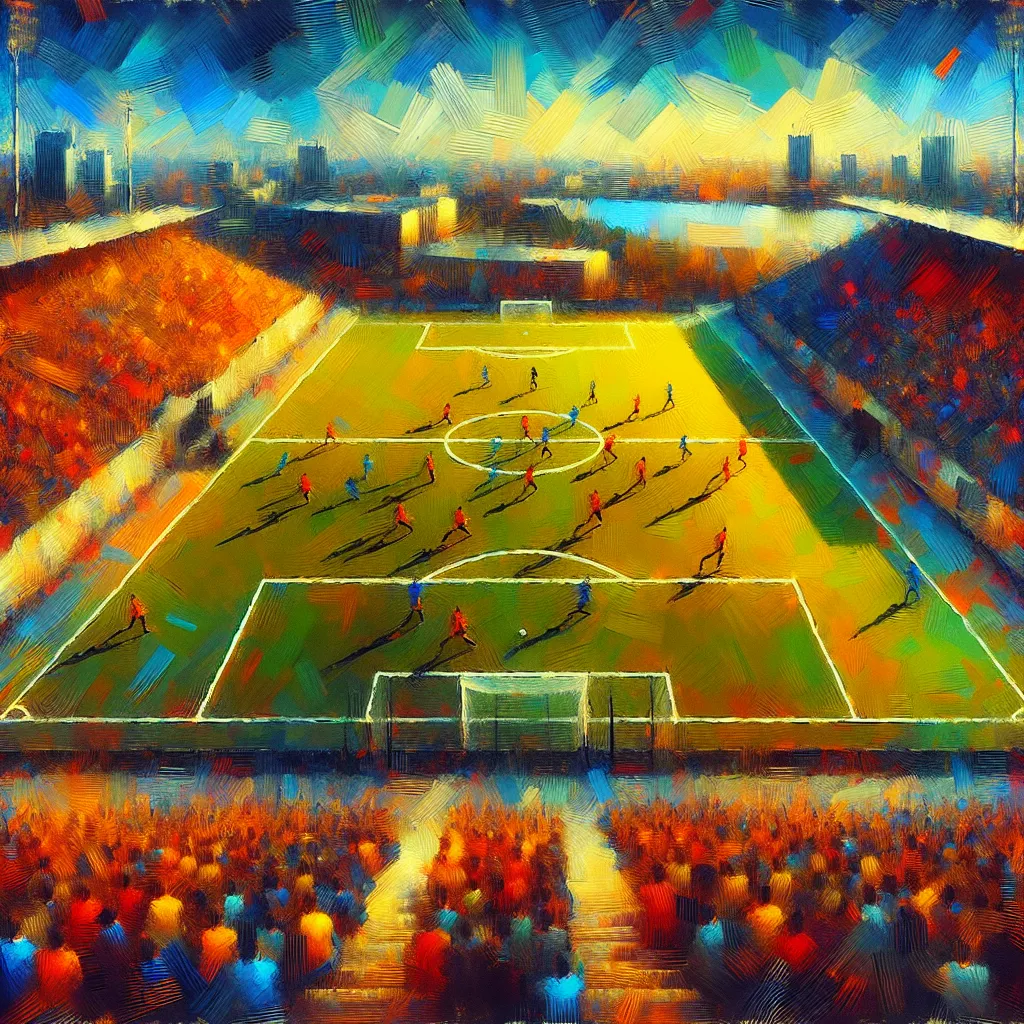
- Published on
- Authors

- Name
- Sports Tips
Introduction
In the world of soccer tactics, the 3-3-3-1 formation is a fascinating yet underutilized strategy that emphasizes compactness and midfield control. This formation is characterized by having three defenders, three midfielders, three attacking midfielders, and a lone striker. At first glance, it might seem unconventional, but this setup offers significant advantages in controlling the game's tempo and maintaining possession.
Tactical Overview
Formation Layout
ST
LW CAM RW
LM CDM RM
LCB CB RCB
GK
Key Highlights:
- 3 Defenders (LCB, CB, RCB): Ensuring defensive solidity and width.
- 3 Midfielders (LM, CDM, RM): Maintaining control and fluidity in the middle of the park.
- 3 Attacking Midfielders (LW, CAM, RW): Providing creative attacking options and connections.
- 1 Striker (ST): Being the focal point of the attacking efforts.
Compactness and Control
One of the main benefits of the 3-3-3-1 formation is its compact nature. By positioning players close to each other, teams can effectively close down spaces, making it difficult for opponents to find gaps and exploit weaknesses. This compactness also helps in retaining possession and building up play from the back.
Midfield Superiority
| Position | Role |
|---|---|
| LM | Links defense with attack, aids in width |
| CDM | Anchors the defense, breaks up play |
| RM | Balances distribution, supports attacking |
The three central midfielders play crucial roles. The Central Defensive Midfielder (CDM) acts as the spine, breaking up opposing attacks and distributing the ball. The Left and Right Midfielders (LM, RM) provide width and act as link-men between defense and attack, facilitating smooth transitions and maintaining balance.
Defensive Solidity
| Position | Role |
|---|---|
| LCB | Left-sided defender, supports full-back |
| CB | Central defensive anchor |
| RCB | Right-sided defender, supports full-back |
With three at the back, the formation provides ample defensive cover while also allowing for fluid transitions to a back five if necessary, with the wide midfielders dropping back.
Attacking Dynamics
The three attacking midfielders (LW, CAM, RW) offer versatility. They can overload the opponent's defense, create width, and support the lone striker in breaking through the lines.
Position Responsibilities:
| Position | Role |
|---|---|
| LW | Widens play, crosses into the box |
| CAM | Central creativity, key passes |
| RW | Match LW, cuts in, creates chances |
| ST | Target man, converts chances, pressing |
How Coaches and Players Can Utilize the 3-3-3-1 Formation
Player Adaptation:
- Defenders need to be comfortable on the ball and capable of playing out from the back.
- Midfielders should possess high stamina, tactical awareness, and passing accuracy.
- Attacking midfielders must be creative, quick, and have a good understanding of spatial dynamics.
Coaching Strategies:
- Training for Cohesion: Regular drills to build chemistry and understanding among midfielders and between lines.
- Game Situations: Practice scenarios like playing out under high press and quick transitions from defense to attack.
- Flexibility: Emphasizing the ability to switch formations fluidly during the game, adapting to opponent strategies.
Conclusion
The 3-3-3-1 formation, with its inherent compactness and midfield dominance, offers a unique blend of defensive solidity and attacking versatility. While it requires players to be tactically astute and adaptable, the rewards can be significant, making this formation a potent weapon in a coach's tactical arsenal.
By understanding its intricacies and leveraging its strengths, both players and coaches can control the pitch, dictate the tempo, and unlock a higher level of play.
What do you think about the 3-3-3-1 formation? Have you tried implementing it with your team? Share your thoughts and experiences in the comments below!
